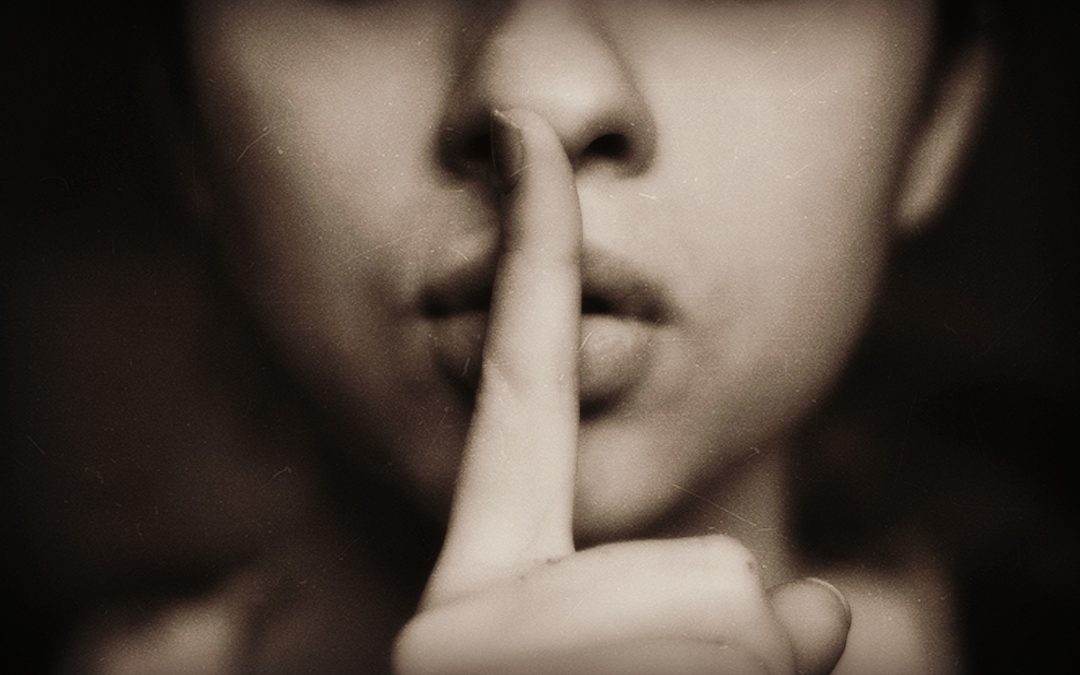By John Leo | (Source)
The mainstream press has not shown much interest in the struggle of college journalists to report accurately on free-speech and free-press issues on campus. On November 13, The New York Times weighed in with a long news article on student coverage of a speech at Northwestern University delivered by former Attorney General Jeff Sessions.
Some students, apparently eager to disrupt or cancel the speech, forced their way past police and were photographed by Colin Boyle, student photographer for the Daily Northwestern, the campus newspaper. Later, one student, Ying Dai, complained to Boyle on Twitter: ‘’Can we stop this trauma porn? I was on the ground being pushed hard by the police. You don’t have to intervene, but also you didn’t have to push a camera in front of me, top-down.”

Boyle deleted the photo and editors of the Daily Northwestern apologized for posting photos of students on social media and for using the school directory in attempts to contact students.
The Times story says the newspaper’s response set off a national firestorm: “Professional journalists derided the apology and weighed in to note, often incredulously, that the “Northwestern journalists had been doing some of the most basic, standard work that reporters have always done—watching public events, interviewing people, and describing what they saw.”
That’s an accurate description of what professional reporters do, but The Times spends a lot of time describing “empathic” reporting and leaving the impression that two valid reporting systems are now in conflict, a humane one in sympathy with marginalized individuals and groups generally on the left, the other marked by cold professionalism and absence of human feeling.
Ying Dai, the complaining student, resented being photographed while in a painful position and did not reflect the fact that she hadn’t sought national attention for her role in the protest. Was she entitled to a more flattering photo while breaking through a police line to disrupt the speech? The student demand for more sensitive reporting is often a request that other sides of an event not be heard. At Harvard, students protesting the U.S. Immigration and Customs Enforcement Agency bristled when they learned the Harvard Crimson wanted to get a response to the protest from the agency. The Crimson editors stood their ground, and the protesters launched a boycott of the paper, joined by, among others, the Harvard College Democrats. The protesters argued that allowing the agency to comment might endanger undocumented students in the crowd. But it amounted to a demand for more favorable coverage or outright censorship.
Demands for “empathic” reporting often seem like arguments against exposing members of vulnerable groups to normal and fair reporting methods. One worry is that student journalists may take these demands with them as they graduate and become mainstream journalists. If so, what will keep reporters from building sympathy around feelings they happen to have for people in the news?
——
If you found this blog post of interest, you might want to explore these Thinker Education courses:
For this third party post in its full context, please go to:
When the Battle Is Feelings Vs. Facts, Feelings Win on Campus
© 2019. Minding the Campus.


